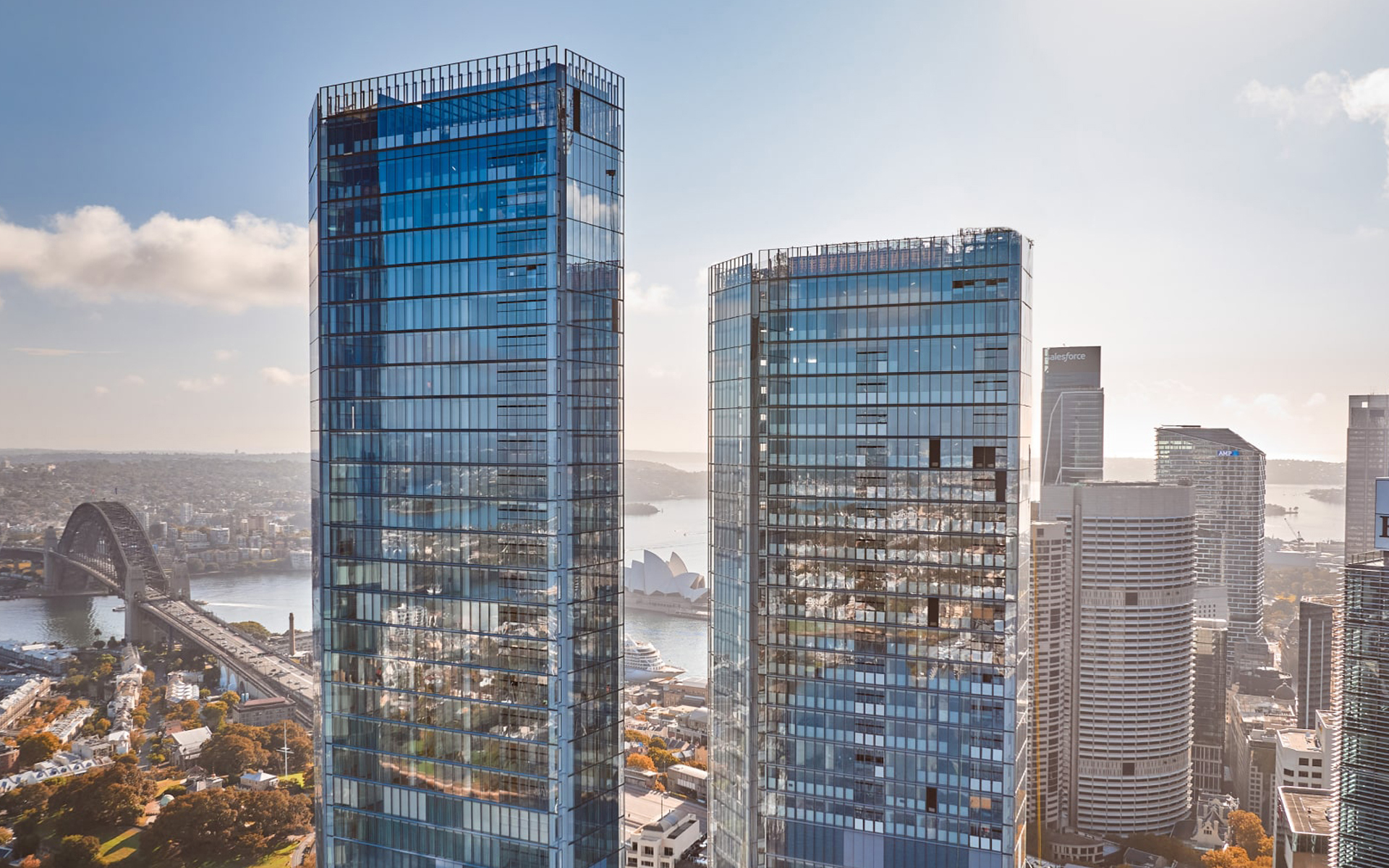
The global economy has always relied on trade tariffs, but their current manifestations produce substantial impacts that have penetrated the U.S. commercial real estate sector.
The U.S. announces extra import duty measures or warns about implementing them, which forces investors and developers to rethink their strategies regarding industrial facilities, logistics operations and retail business locations.
Following the tariffs development, the relationship between trade tariffs, commercial property values, tenant demand and future development remains unclear. This informative piece examines the broad perspective.
U.S. Tariffs: What’s the Impact on Global Trade and the Economy?
Trade tariffs function as a financial burden on imports. Protection of domestic industries is the main purpose of trade tariffs, yet these measures usually generate retaliations and disrupt business supply networks, while causing elevated costs for businesses and their consumers. The result? A slowdown in global trade and potential inflationary pressures.
New tariff policies directed at major imports from China, Canada and European markets created worry at the beginning of 2025. Urban ports located in Los Angeles, Houston and New York currently experience elevated pressure. As import volumes decrease, it causes reduced port operations and disrupted logistics systems and decreased warehouse usage.
Senate statistics show a 4–6% reduction in occupancy across coastal industrial zones since last year because international shipments decreased significantly. Developers operating in these areas have chosen to stop or delay their development initiatives with emphasis placed on facilities that rely on international shipping.

Why Tariffs Matter for Commercial Real Estate?
The trade tools known as tariffs generate substantial secondary effects on commercial real estate properties, particularly within industrial and logistics facilities.
1. Declining Demand for Port-Centric Properties
Industrial properties located near major ports have found success due to continuous inflows of international cargo. The lack of incoming containers has produced cooling effects on the demand for these properties. Real estate tenants seek flexibility in their contracts, while securing long-term leases is becoming difficult in these uncertain market conditions.
2. Rising Construction and Material Costs
Widespread tariff regulations for steel, aluminum and lumber materials resulted in higher prices for constructing new commercial spaces. The development slowdown with simultaneous profitability decline harms developers who face labor shortages and rising inflation.
3. Investor Caution and Market Volatility
The uncertainty regarding trade policies prompts institutional investors to secure their investments with caution. The market shows increasing demand for investment consisting of business segments that escape global trade effects, such as data centers, self-storage facilities and single-family housing. Worried investors prefer to seek investment stability through foreign markets.
4. Shift to Inland and Domestic Supply Chains
The goal to reduce dependency on international imports pushes many companies to invest in domestic manufacturing and create inland distribution centres across the nation. The shift in business practices will generate new commercial real estate prospects in secondary and tertiary markets extending from the Midwest to the Southeast, thus reshaping geographical commercial real estate distributions.
Final Thoughts: Tariffs are not mere political instruments but market shapers. In 2025, their impact on U.S. commercial real estate is evident, particularly in markets linked closely to global trade and supply chains.
For policymakers, developers, and investors, it is critical to understand the interdependence of real estate performance and trade policy. For more updates related to the real estate market, turn to estateagentpower.com








